Thyme
$4.49
Thymus Vulgare
- Seed Count 750
- Aromatic Hardy Herb
- Perennial
In stock
Description
A low-growing, wiry-stemmed perennial. The stems are stiff and woody and leaves are small, oval, dark grey-green in colour and are very aromatic.
It is quite hardy and will winter over without much fuss. Pale mauve-pink flowers bloom at the tips of the stems in summer, the flowers are edible and are extremely attractive to bees.
Thyme is an attractive edging plant or a spreading plant among and over rocks, growing best in light, well-drained soil.
They also make interesting plants for the window sill or in hanging baskets.
Thyme leaves may be small, but they pack a powerful punch. Thyme is the most popular culinary herb besides mint and retains its flavour well in long slow cooking.
It is one of the savoury herbs and blends to create some memorable flavours such as the Bouquet Garni which is the basis of French Provencal cooking.
The strong flavour is best when combined with all sorts of robust meat and vegetable dishes. It enhances soups, vegetables and poultry, also red meat and dishes cooked with wine.
| Method: Sow direct | Soil Temp: 15°C - 25°C |
| Cool Mountain: Sep - Nov | Position: Full sun |
| Arid: May - Jul | Row Spacing: 30 cm |
| Temperate: Aug - Nov | Planting Depth: 3 mm |
| Sub Tropical: Jul - Nov | Harvest: 90 Days |
| Tropical: Jul - Aug | Plant Height: 30 cm |
Climate and Growing Conditions
Thyme thrives in warm, dry climates and is well suited to most regions of Australia.
Sunlight:
- Full sun (at least 6 hours of direct sunlight per day).
Temperature:
- Thyme grows best in temperatures between 15°C and 30°C.
- It can tolerate light frost but may struggle in very cold or humid conditions.
Soil:
- Well-draining soil with a pH between 6.0 and 8.0. Sandy or loamy soils are ideal.
Soil Preparation
Drainage:
- Ensure the soil is well draining, as thyme does not tolerate waterlogged conditions.
- If your soil is heavy or clay based, amend it with sand or compost to improve drainage.
Fertiliser:
- Thyme is a low feeding plant and does not require rich soil.
- Avoid over fertilising, as this can reduce the plant’s flavour.
- A light application of compost or a balanced organic fertiliser at planting is sufficient.
Planting Thyme
When to Plant:
- In most parts of Australia, thyme can be planted year-round, but the best time is during spring or early autumn when temperatures are mild.
- In cooler regions (e.g., Tasmania or high-altitude areas), plant in spring after the last frost.
- See product description for a climate zone breakdown of when to plant
How to Plant:
- Sow seeds directly into the garden or in seed trays.
- Cover lightly with soil, as thyme seeds need light to germinate.
- Germination takes 14–21 days.
Watering
- Thyme is drought tolerant once established.
- Water young plants regularly to help them establish roots.
- Once mature, water sparingly. Allow the soil to dry out between waterings to prevent root rot.
- Avoid overhead watering, as thyme prefers dry foliage.
Pruning and Maintenance
Pruning:
- Regularly trim thyme to encourage bushy growth and prevent it from becoming woody.
- Prune after flowering to maintain shape.
Mulching:
- Apply a light layer of mulch (e.g., gravel or straw) to conserve moisture and suppress weeds.
- Avoid heavy mulching, as thyme prefers dry conditions.
Weeding:
- Keep the area around thyme free of weeds, as they can compete for nutrients.
Pests and Diseases
Thyme is relatively pest resistant, but it can occasionally be affected by:
Spider mites:
- Common in dry conditions. Spray with water or use insecticidal soap.
- Root rot: Caused by overwatering or poor drainage. Ensure the soil is well draining.
- Aphids: Rare but possible. Remove with a strong spray of water or use neem oil.
Harvesting
When to Harvest:
- Begin harvesting once the plant is established and has plenty of foliage (usually 6–8 weeks after planting).
How to Harvest:
- Snip sprigs as needed, cutting just above a leaf node to encourage new growth.
- Avoid harvesting more than one third of the plant at a time.
Preservation:
- Thyme can be used fresh, dried, or frozen.
- To dry, hang sprigs upside down in a cool, dark place.
Companion Planting with Thyme
Benefits of Thyme as a Companion Plant
Pest Repellent:
- Thyme’s strong aroma deters pests like cabbage worms, whiteflies, and aphids.
Attracts Beneficial Insects:
- Thyme flowers attract pollinators like bees and predatory insects that prey on pests.
Ground Cover:
- Thyme’s low growing habit helps suppress weeds and retain soil moisture.
Best Companion Plants for Thyme
Vegetables:
- Tomatoes: Thyme improves tomato flavour and deters pests.
- Eggplant: Thyme repels pests that target eggplants.
- Cabbage family (broccoli, cauliflower, kale): Thyme deters cabbage worms.
- Potatoes: Thyme helps repel potato beetles.
Herbs:
- Rosemary: Both herbs have similar growing requirements and complement each other in the garden.
- Oregano: Thyme and oregano grow well together and can be used interchangeably in cooking.
- Lavender: Thyme and lavender thrive in similar conditions and create a fragrant, pest resistant garden.
Flowers:
- Roses: Thyme deters aphids and other pests that attack roses.
- Marigolds: Thyme and marigolds together create a pest resistant garden.
Plants to Avoid Planting Near Thyme
- Mint: Mint can be invasive and compete with thyme for space and nutrients.
- Basil: Basil prefers more moisture than thyme and may not thrive in the same conditions.
Tips for Success
Rotate Crops:
- Avoid planting thyme in the same spot year after year to prevent soilborne diseases.
Overwintering:
- In colder regions, protect thyme with mulch or grow it in a pot that can be moved indoors during winter.
Propagation:
- Thyme can be easily propagated by taking cuttings or dividing established plants.
Order Times
Seed orders are normally dispatched within three business days. You will receive an email when seeds are mailed out.
Postage Days
Seeds are mailed out Monday to Friday at 1pm. Except for the Friday of long weekends.
Postage Times
WA 2-3 Days: SA,NT 3-5 Days: NSW, ACT, QLD, VIC: 5-7 Days
Carrier
We use Australia Post Letter Postage for the majority of orders
Not only are our seeds packed in recycled paper envelopes, we keep the theme going when we post out website orders. To protect your seeds from moisture and the letter box munchers (snails), we use a very special plastic free material made from plants. They are then put into recycled mailing envelopes. Green all the way 💚🌿

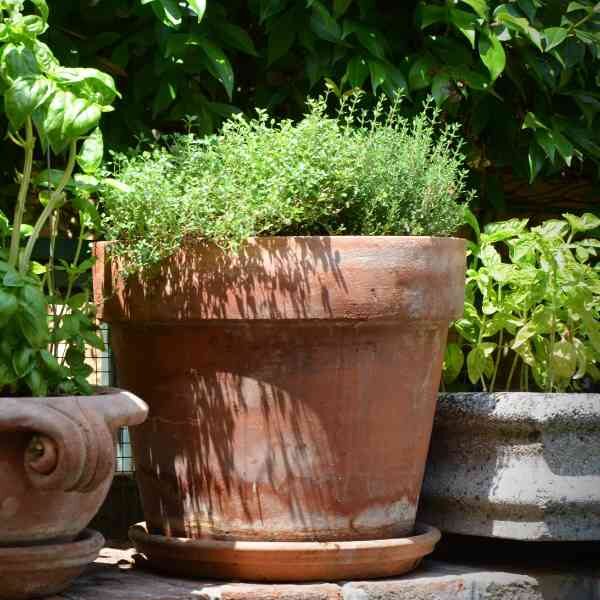



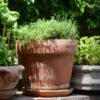
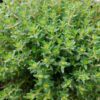
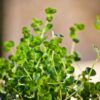
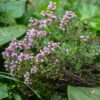


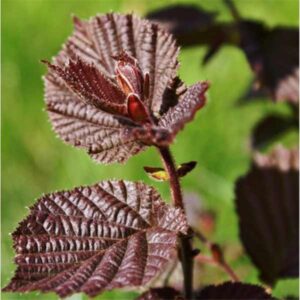
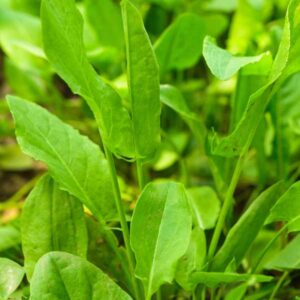
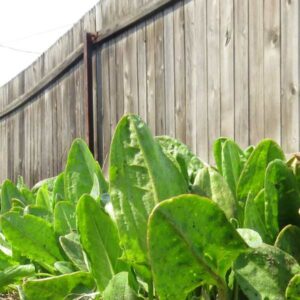
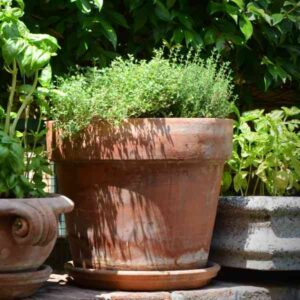
1 review for Thyme